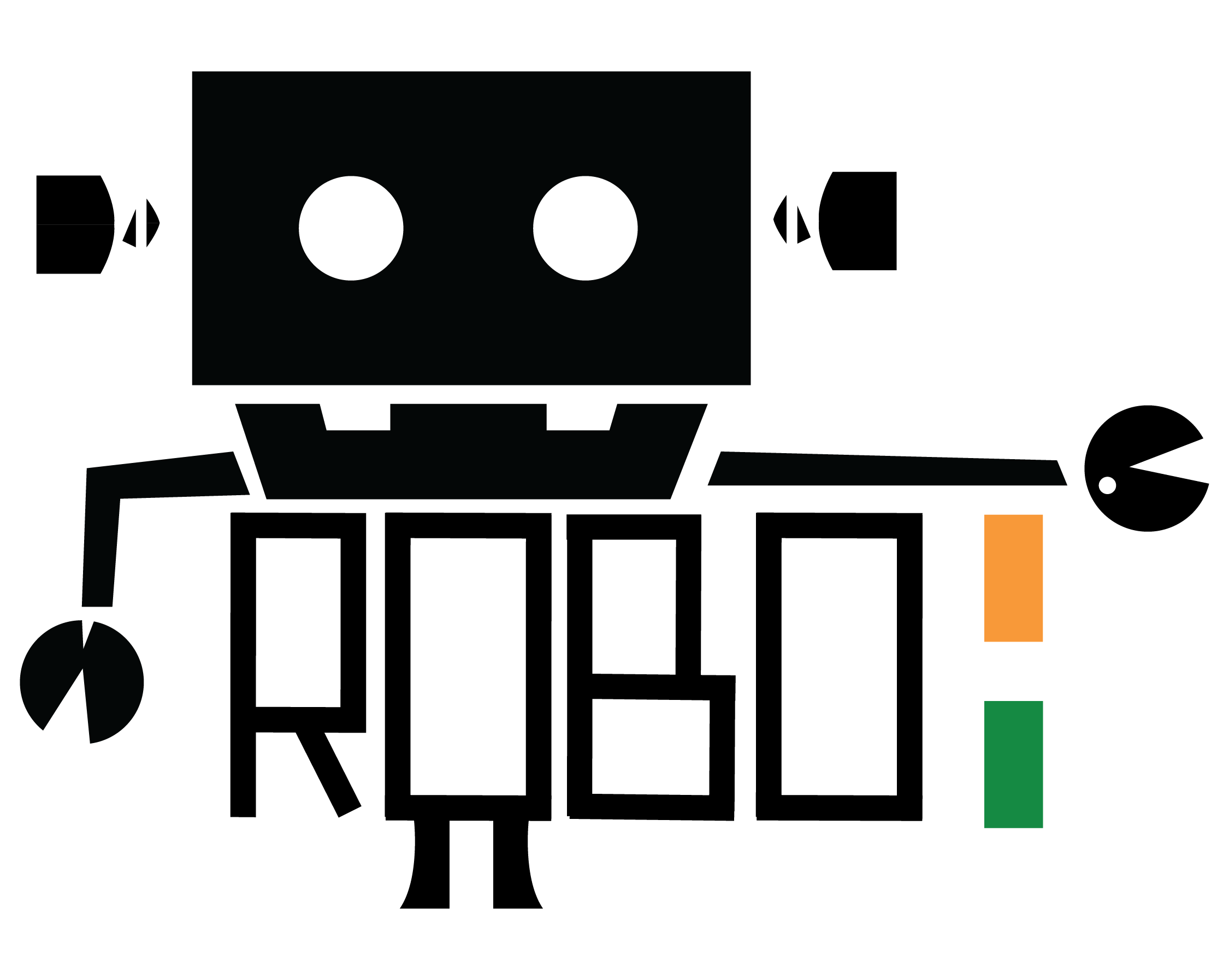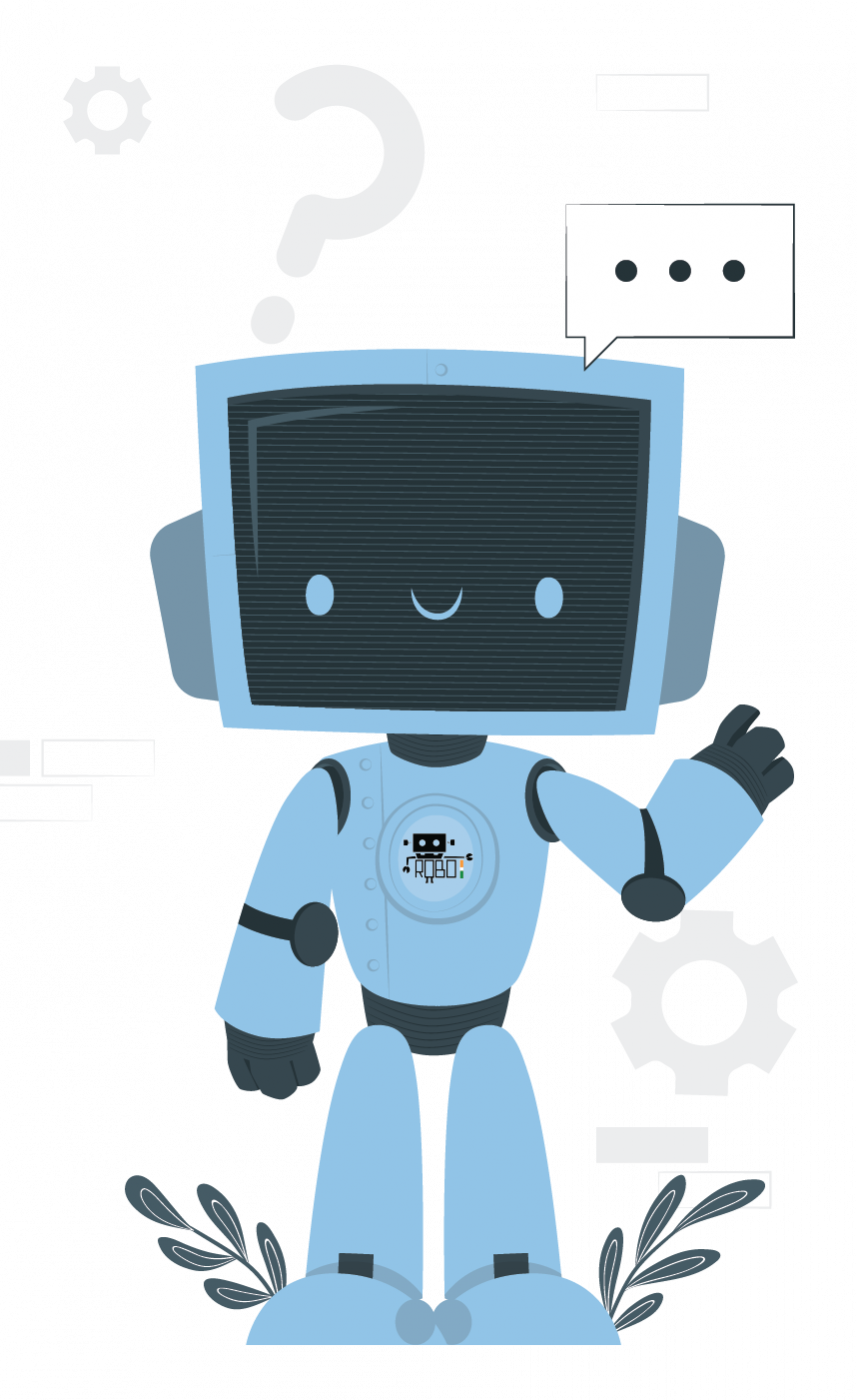What is Robotics?
Robotics is a multidisciplinary branch of engineering that involves the design, construction, operation, and use of robots. Robotics is a rapidly advancing field with a wide range of applications, from manufacturing and logistics to medicine and space exploration.
The term “robot” was first coined by Czech writer Karel Čapek in his 1920 play “R.U.R.” (Rossum’s Universal Robots). The word “robot” comes from the Czech word “robota,” which means “forced labor.” Today, robots are commonly used to automate tasks that are dangerous, tedious, or difficult for humans to perform. A robot is a mechanical or virtual artificial agent that is designed to perform tasks automatically or autonomously, typically with the ability to sense, think, and act in response to its environment.
Robots come in many shapes and sizes, from simple machines that perform a single task to complex systems that can perform a wide range of functions. Some robots are designed to operate in harsh environments, such as deep-sea exploration or space exploration, while others are used in manufacturing to assemble products quickly and efficiently.
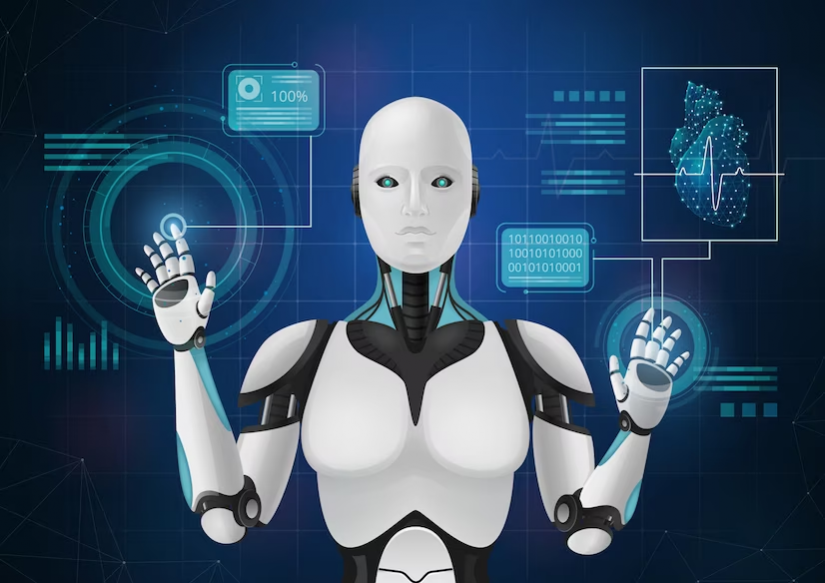
Advantages of Robots:
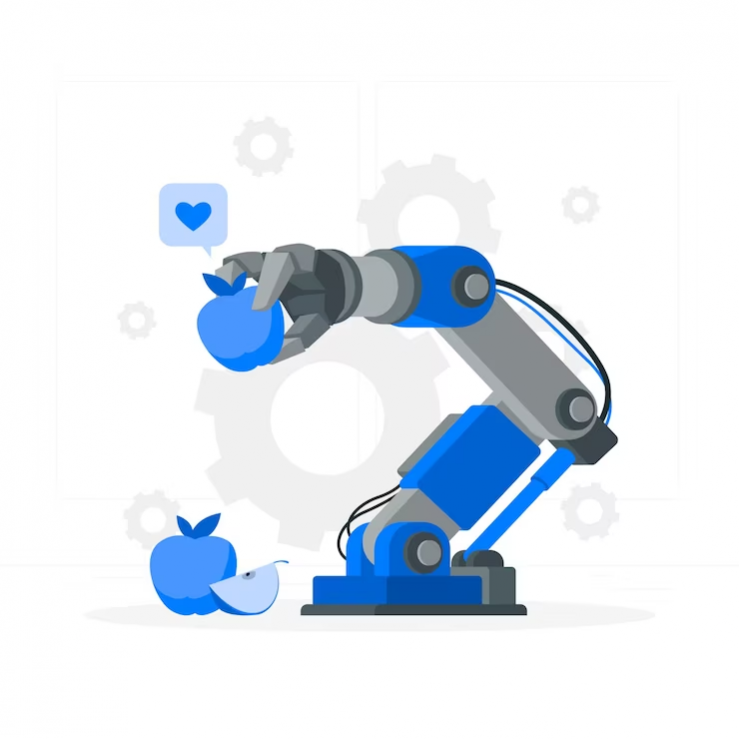
There are several advantages to using robotics in various fields, including:
-
Increased efficiency: Robots can work for long hours without breaks, increasing productivity and efficiency in tasks that would require humans to take breaks.
By automating repetitive and time-consuming tasks, robots can free up human labor for more complex and value-added activities, leading to increased efficiency and profitability in various industries
-
Improved safety: By performing the task in a dangerous or hazardous environment which is difficult for humans like handling hazardous materials, working in extreme temperatures or environments, and carrying out tasks that pose a risk of injury robots improve safety by reducing the risk of accidents and injuries, minimizing the risk of human error, and providing enhanced surveillance and monitoring capabilities.
-
Consistency and accuracy: Robots can perform repetitive tasks with high precision and accuracy, which can improve the quality and consistency of products and services, reduce waste, and increase productivity.
-
Reduced labor costs: Robots reduce cost by increasing productivity, reducing errors and waste, and reducing the need for human labor and can perform tasks that would otherwise require human labor.
-
Improved quality of life: Robots can assist people with disabilities or elderly individuals daily tasks like assisting with medical procedures, enhancing mobility, improving manufacturing processes, and providing companionship.
- Flexibility and versatility: Robots can be programmability, sensing technology, modular design, and machine learning and AI. This allows them to adapt to different tasks and environments and perform a wide range of functions, making them valuable tools in various industries and applications.
Disadvantages of Robots:
While there are several advantages to using robotics, there are also some potential disadvantages, including:
-
High initial investment costs: The cost of designing, building, and implementing robotics can be very high, which may make it difficult for small businesses or organizations with limited budgets to adopt this technology.
-
Job displacement: Robots can replace human workers in certain tasks, which can lead to job loss and unemployment in some industries.
-
Maintenance and repair costs: Robots require regular maintenance and repair, which can be expensive and time-consuming.
-
Lack of human intuition and decision-making: Robots may lack the ability to make intuitive or human-like decisions, which may limit their ability to perform certain tasks.
-
Security and safety risks: Robots may pose safety and security risks if they malfunction or are hacked by malicious actors, potentially leading to accidents or breaches of sensitive information.
-
Ethical and social concerns: There are ethical and social concerns around the use of robotics, such as the potential for robots to be used for harmful purposes, or the impact of robots on social interactions and relationships.
Overall, while the benefits of robotics are significant, it is important to carefully consider the potential disadvantages and challenges associated with this technology.

Types of Robots
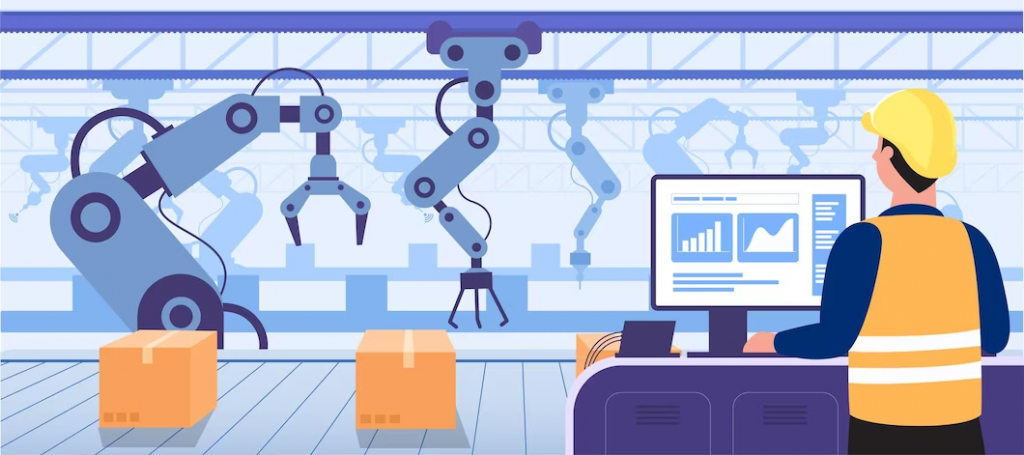
Industrial robots: This one is used in manufacturing and industrial settings to perform tasks such as welding, painting, and assembly. They are often designed to work in harsh environments and can be programmed to perform repetitive tasks such as assembly, welding, painting, packaging, and material handling. with great precision and speed.
Industrial robots come in many different shapes and sizes, depending on the specific task they are designed to perform. Some examples include:
- Cartesian robots
- SCARA robots
- Articulated robots
- Delta robots
Service robots: These robots are designed to perform tasks that are typically done by humans, such as cleaning, cooking, and caregiving. They are often used in hospitals, homes, and other environments where human interaction is required.These robots are typically mobile and can move around autonomously or be remotely controlled by humans.
Examples of service robots include:
- Domestic robots
- Healthcare robots
- Educational robots
- Entertainment robots
Personal assistance robots Military robots: These robots are used by the military for a range of purposes, including reconnaissance, bomb disposal, and combat. They are often equipped with sensors and cameras that allow them to navigate complex environments and perform tasks autonomously.
Military robots, reconnaissance, combat, and logistics. These robots can be used to enhance military capabilities, reduce human risk in dangerous situations, and increase situational awareness.
Examples of military robots include:
- Unmanned Aerial Vehicles (UAVs)
- Unmanned Ground Vehicles (UGVs)
- Unmanned Underwater Vehicles (UUVs)
- Autonomous Weapons4.
Medical robots: These robots are used in healthcare with the goal of improving patient outcomes procedures, diagnose and treat diseases, and provide physical therapy, enhancing the quality of care, and reducing costs. They are often equipped with advanced sensors and cameras that allow them to perform precise movements and navigate the human body with ease.
Examples of medical robots include:
- Surgical robots
- Rehabilitation robots
- Telepresence robots
- Diagnostic robots
- Pharmacy robots
Conclusion
As robotics technology continues to advance, we can expect to see robots being used in a wider range of applications, from space exploration to everyday household tasks. Robotics has the potential to revolutionize the way we live and work, making our lives safer, more efficient, and more productive.
